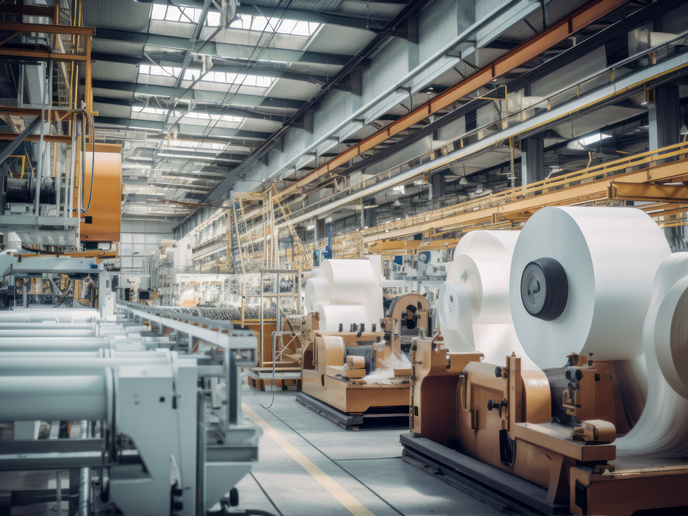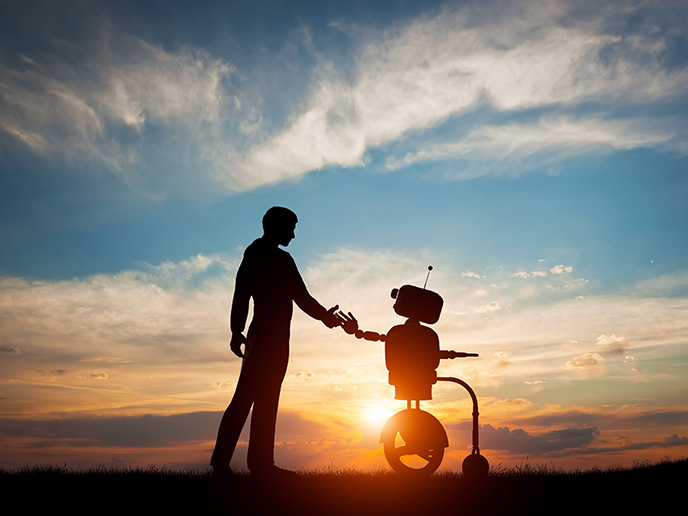Robots habitually coexisting with humans at work and home
HRI studies the interface between humans and robots using models and algorithms required by robots to interact. However, the majority of these models are not human-centred. To address this issue, the EU-funded HUMAN ROBOT FLUENCY (Embodied cognitive models for fluent human-robot interaction) project assessed new computational models and metrics to facilitate fluent coordination in HRI. Project partners advanced understanding of HRI with respect to team collaboration and human-robot timing. They established the relationship between objective measures of team timing and humans' subjective sense of a robot team member. Building robots that exhibit appropriate timing behaviour and objectively measuring their success is key for large-scale implementation of robot co-workers in the labour force. The HUMAN ROBOT FLUENCY team contributed to the development of new concepts for designing personal robot companions for assistive applications and the home. It introduced the use of smartphones as computational platforms for low-cost, cloud-connected social robots. Researchers designed, built and performed experiments with three socially expressive robots. They found that a robot responding nonverbally to an event can make the event more acceptable to humans. Such a response can also have positive effects on humans' perception of the robot. Another study involved robots listening to people's stressful situations. Results show that a robot's nonverbal and textual responsiveness behaviour affected people's assessment of it with respect to competence, appeal and sociability. Team members also introduced the concept of peripheral robot companions. Peripheral robotics explores the impact of a robot alongside human interaction. A robotic head was designed and built to research robots in the workplace, particularly how they influence people's ethical behaviour. By advancing the state of the art in HRI, HUMAN ROBOT FLUENCY will enable scientists to build robots better suited for human interaction. This should pave the way for a shared human-robot labour economy and robotic products for the home.







